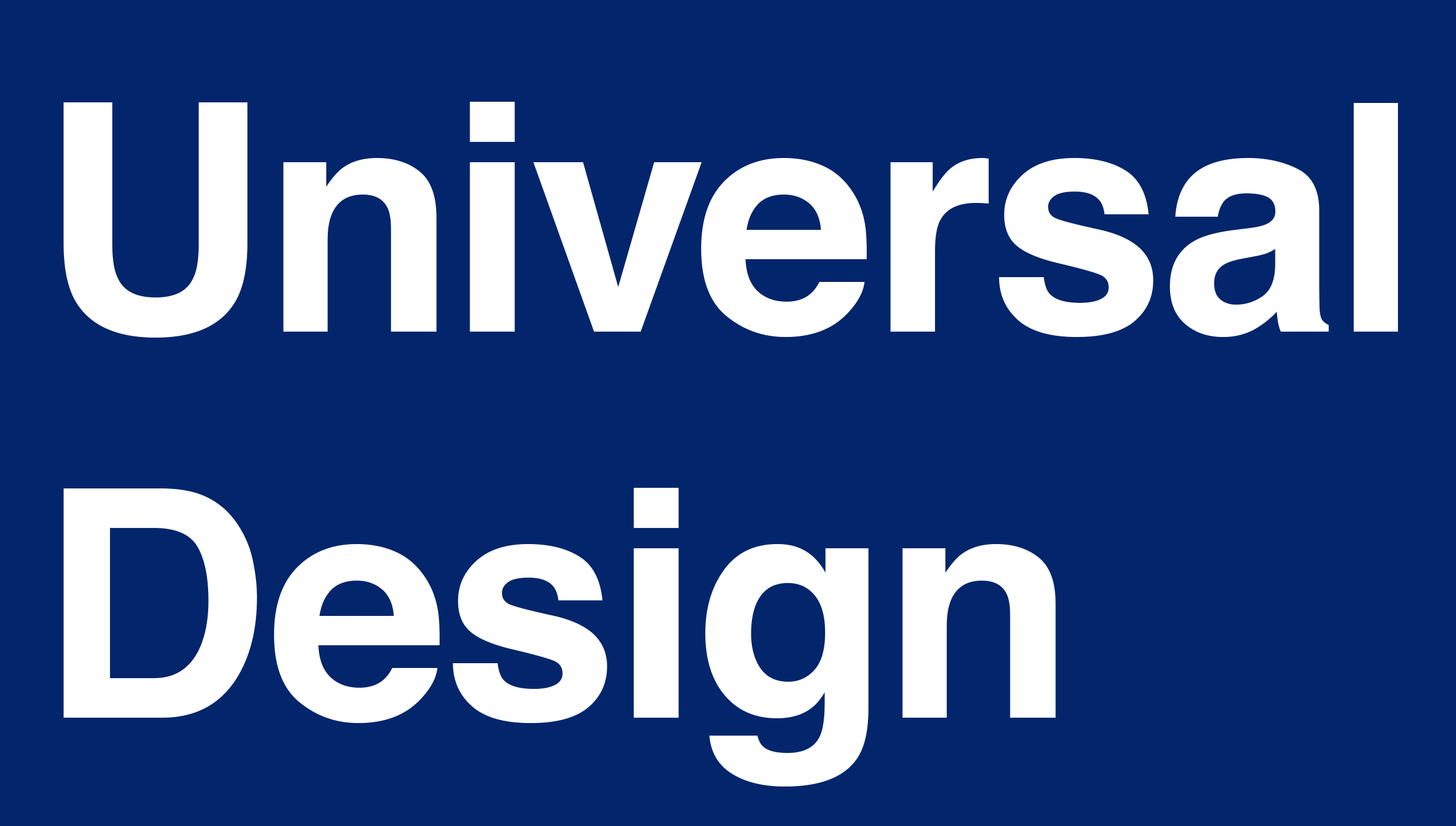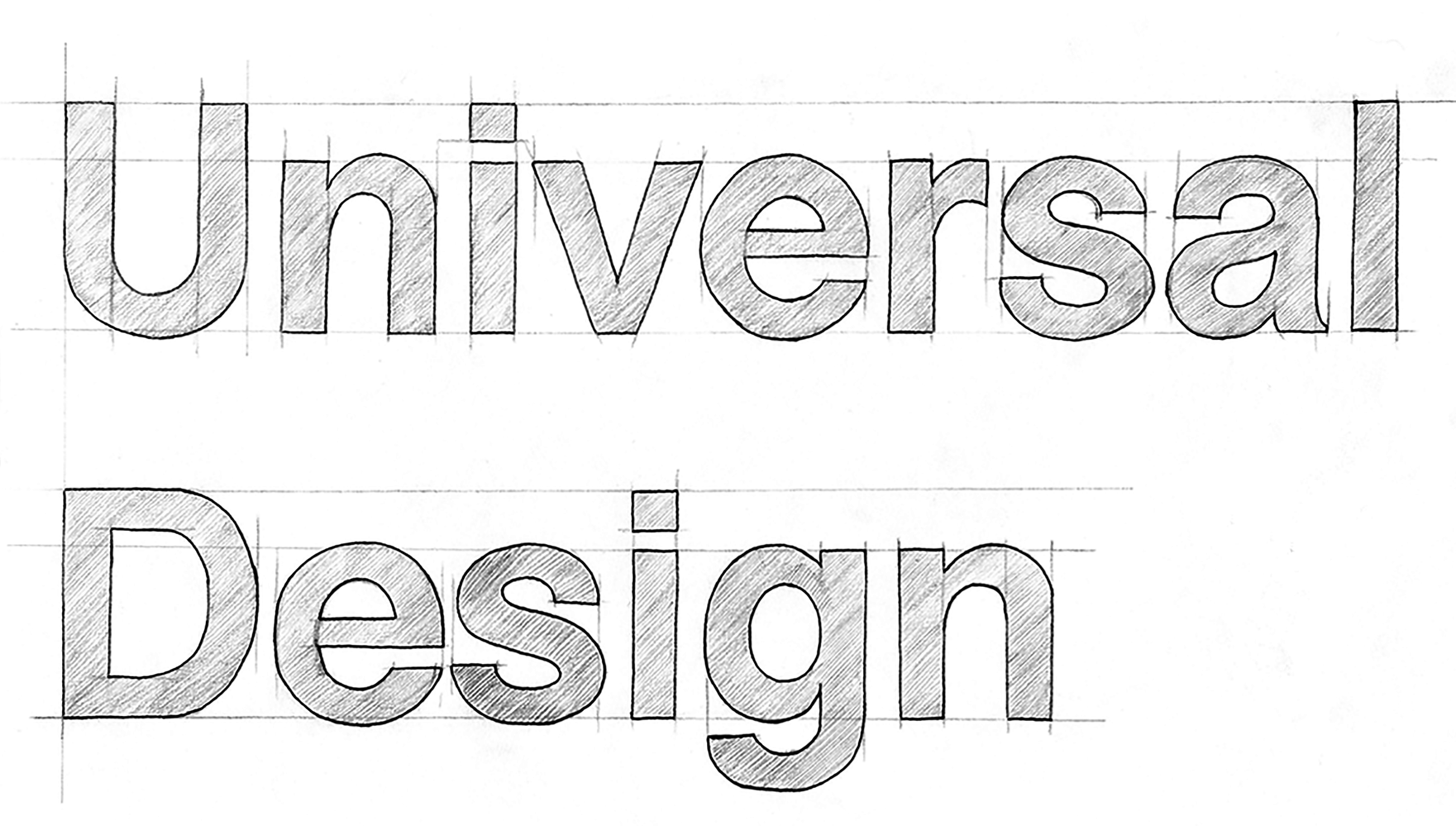What is Universal Design?
Universal Design is “the design of products and environments to be usable by all people, to the greatest extent possible, without the need for adaptation or specialized design” [source]. Basically, it’s making things inclusive so that the most people possible can enjoy and use it the same, which often includes eliminating barriers that cause some to need accommodations.
The Difference from Accessible Design
If you are interested in learning more about Universal Design, NCHPAD has a summary of the origins of Universal Design and explains each of the seven principles of Universal Design.
As you might be able to tell already, Universal Design differs from accessible design in that Accessible Design is often about meeting accessibility standards and offering ways around barriers. Universal Design aims to eliminate those barriers.
Think of it this way: when designing a building, if the door to get in isn’t at ground level, you need a way to get up to the door. Often, the answer to this problem is to put stairs in. Because not everyone can use the stairs, you then need to put in a ramp or elevator. Now, those who can’t use the stairs are being segregated from those who can and are experiencing the space differently. This is accessible design.

Universal Design would be to use a ramp. Now, all who use the building are using the space in the same way, without segregating some people from others.

This site is a resource to see what Universal Design looks like in various aspects of graphic design. Use the buttons below or the tabs at the top of the screen to view different aspects of graphic design through the lens of Universal Design, or keep scrolling to read more about why you should start using Universal Design in your projects.
Why should I use Universal Design?
Some of you might be asking yourself, 'Why would I go through the extra work of Universal Design, when I can keep doing what I've always been doing? It worked up until now!' Up until now, you may have also been able-bodied, but most people will end up having a disability at some point in their life, whether permanent or temporary, whether due to an accident, genetics, or old age. Therefore, Universal Design is not just about designing with people with disabilities in mind, but about designing for everybody.
What's more, everyone benefits from Universal Design. This is referred to as the "curb cut effect," which is when "things intended to benefit people with disabilities wind up benefiting everyone." Curb cuts were originally used to make public streets accessible to wheelchair users. The people who benefit from curb cuts now includes movers, bikers and skateboarders, people with bad joints who might use a cane or crutches, mothers with strollers, those tired or hungover – and the list goes on. Things like this happen more than we realize, from keyboard navigation and alt text to ramps and elevators, and being purposeful with Universal Design is a way to benefit everyone.
While there are moral incentives, there are plenty of other reasons to use Universal Design. You may be worried that it will be restrictive, "but out of limitations comes creativity" (Debbie Allen). Employing Universal Design as a creative challenge instead of a challenge to your creativity can result in some terrific works.
Another benefit is that by practicing Universal Design, you can ensure more people are experiencing your work the way that you want them to. Without having to modify their experience with aids, such as zooming in on your webpage or viewing your work through a high-contrast filter, people are experiencing your work the way that you originally intended it to be seen. This benefit has many manifestations, as I list in the pages about the different areas of design, accessible from the navigation menu or buttons below.
Lastly, for you web designers, I will add that there are a plethora of additional benefits from using Universal Design, including better search engine optimization (SEO) and an easier time moving things into a responsive or mobile design.
If you are interested in a theological reason to start using Universal Design, I can encourage you to read Vulnerable Communion: a Theology Of Disability and Hospitality by Thomas Reynolds, which goes into a Christian perspective. Other resources can be found on my resources page.
Published 2018
Content written by EmilyG Design

